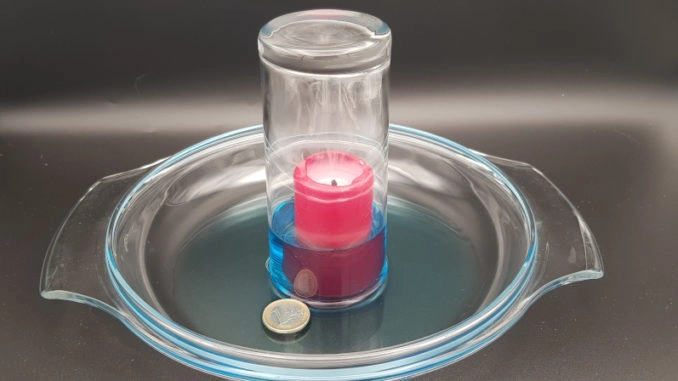
A fun experiment to make the water rise in a glass with a candle. Impossible, you think? With a touch of science, understand the mechanics of fluids, which will allow you to extinguish the flame without blowing on it while making the water level rise. Surprise your friends, family, and teachers with this fun experiment.
You will need:
- A plate
- A coin
- 20 ml of water
- Food coloring (optional)
- A candle
- A lighter
- A transparent glass
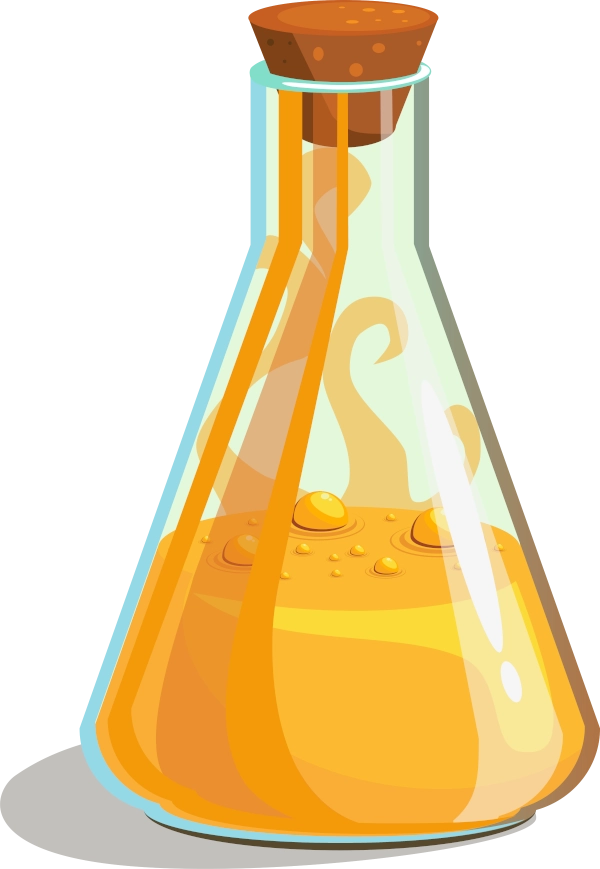
From 6 years
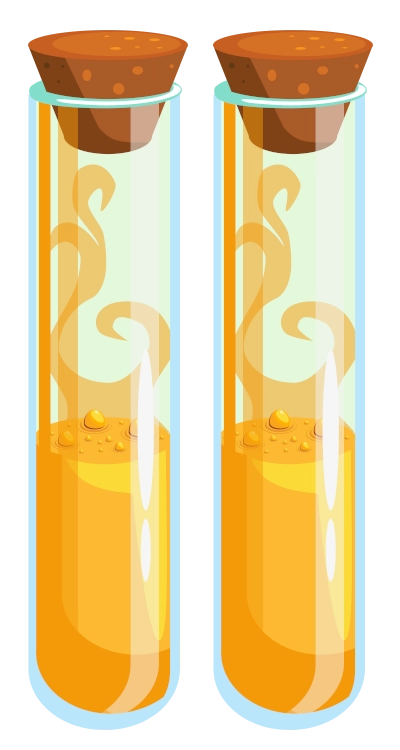
Difficulty : Medium

This experience requires the help of an adult

Let's experiment

Gather the necessary materials

In a plate, pour 50 ml of water and add a coin. You can add a few drops of food coloring to help visualize what is happening.
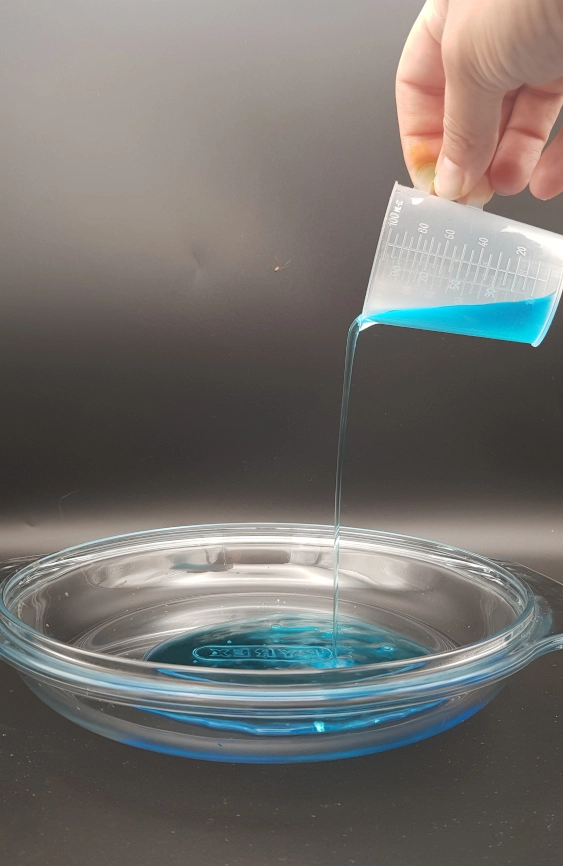
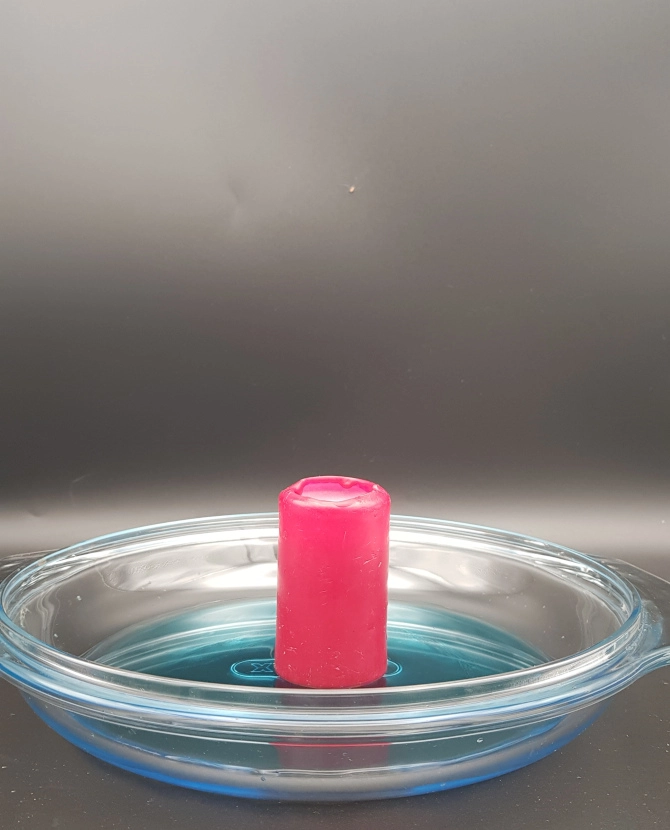

Now you have a candle, a lighter, and a glass. How do you get your coin back without touching the water?
To do this, place the candle in the center of the plate and light the wick.
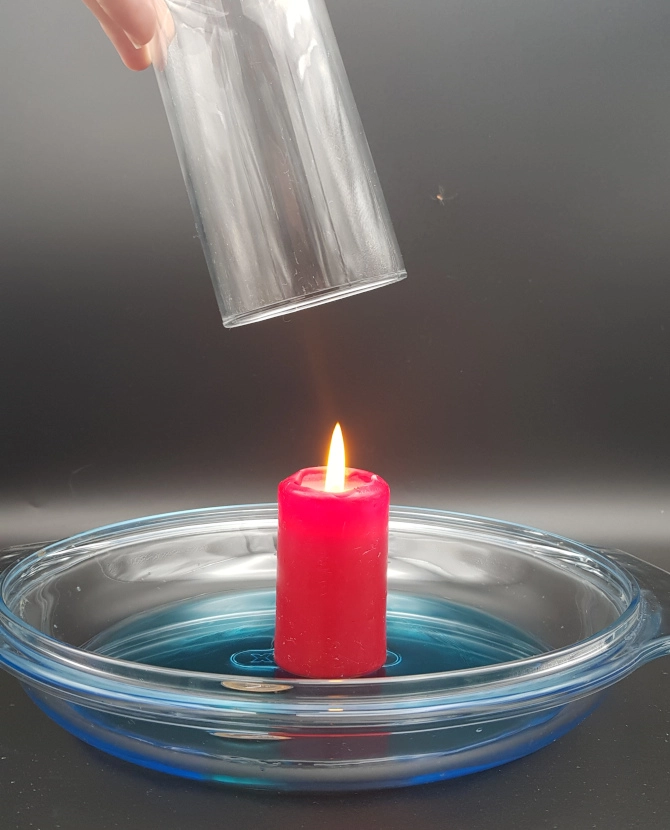

Now turn your glass upside down to trap the candle.
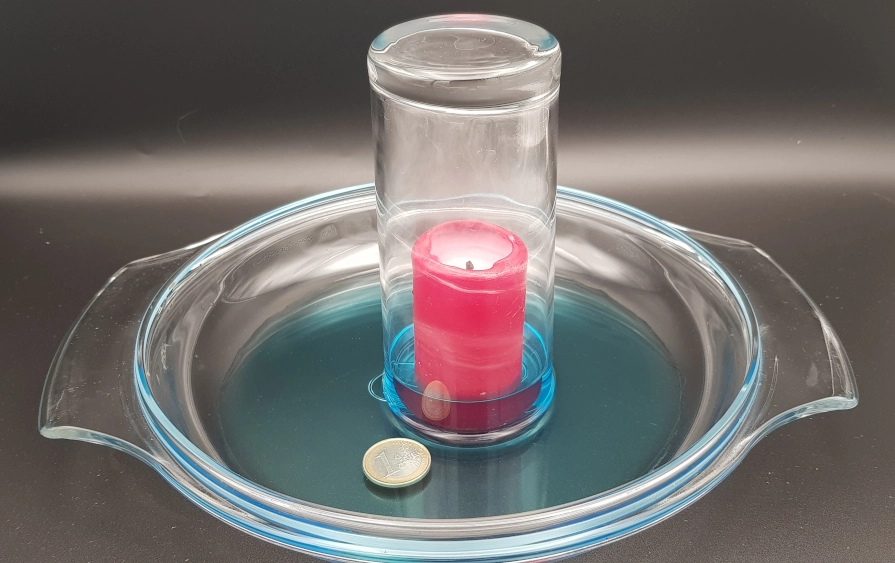

What do you observe? Does the water rise in the glass to dry out the plate? If so, you have succeeded in your challenge! Congratulations!
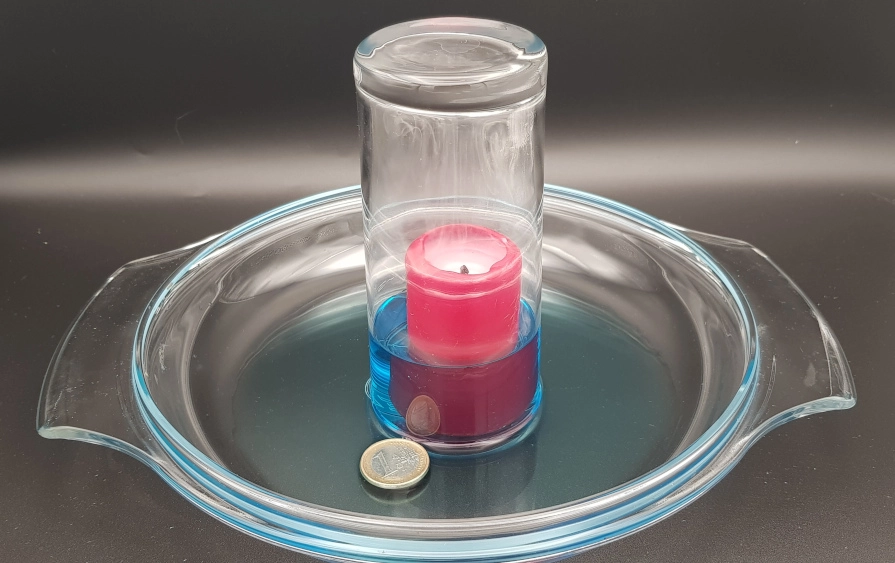
Understand the experiment

The flame of the candle goes out in the glass.
When you turn your glass upside down over the lit candle, you can see that it goes out after a few seconds. Immediately afterward, the water in the plate rises into the glass.
The oxygen, an essential gas for maintaining the flame, is consumed in the glass. Oxygen undergoes a chemical transformation during the combustion of the candle. It forms carbon dioxide, a colorless gas that dissolves in water.

Water rises in the glass as the temperature drops
It is important to know that the temperature of the candle flame is around 1200°C. In other words, it is very hot. The gases in the vicinity expand, i.e., they take up more space. But when the candle is extinguished, the temperature drops immediately. So the gases trapped in the glass contract. A vacuum is created. Basically, you create a vacuum.

The water rises, rises, rises in the glass!
But since nature likes balance, the pressures inside and outside the glass must balance. So the only way is for the water in the plate to rise into the glass. Thus, the pressure inside the glass is equal to the atmospheric pressure outside it.

Hands full of germs
Washing your hands before eating is necessary to eliminate parasites invisible to the naked eye. Is it enough to put them underwater or is soap necessary? Thanks to the glitter, make this fun experience at home. […]
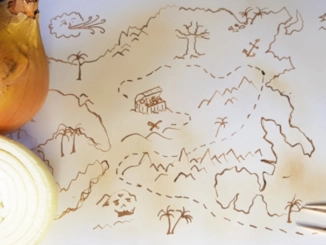
A treasure map with invisible ink
Invisible ink is very useful for drawing treasure maps or writing secret messages. Only those who know chemistry will find a way to reveal your message. Let’s use onion juice to prepare the invisible ink. […]
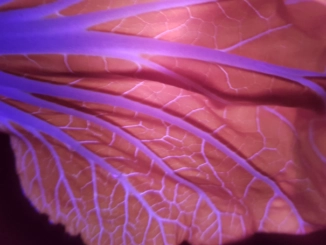
The tree leaves are red
The leaves of trees are green in daylight. It is thanks to chlorophyll, an important molecule which is involved in photosynthesis to convert carbon dioxide into oxygen. But under black light, chlorophyll is red. A phenomenon linked to fluorescence. […]


